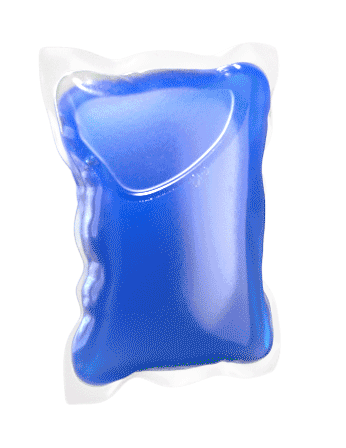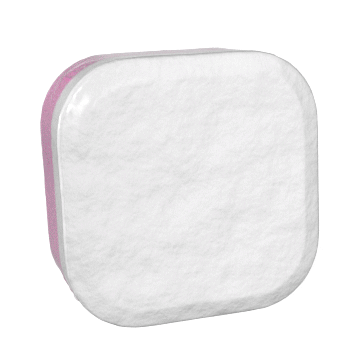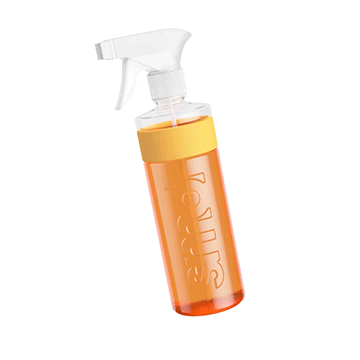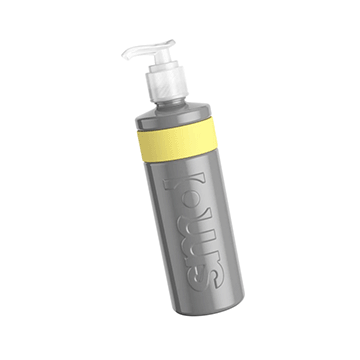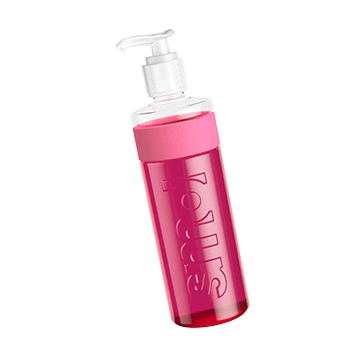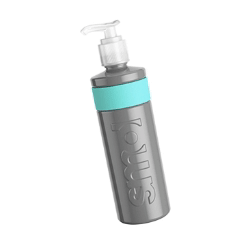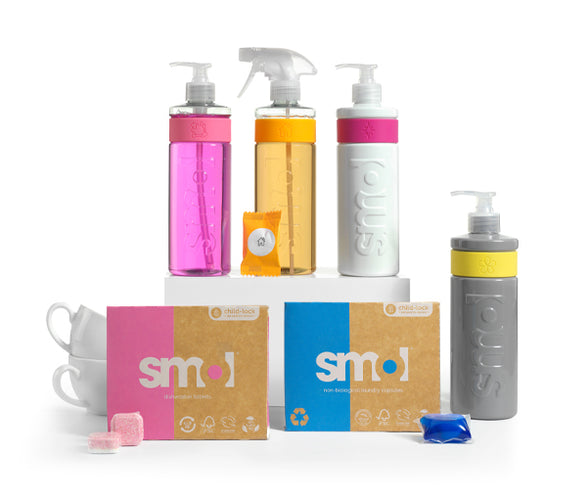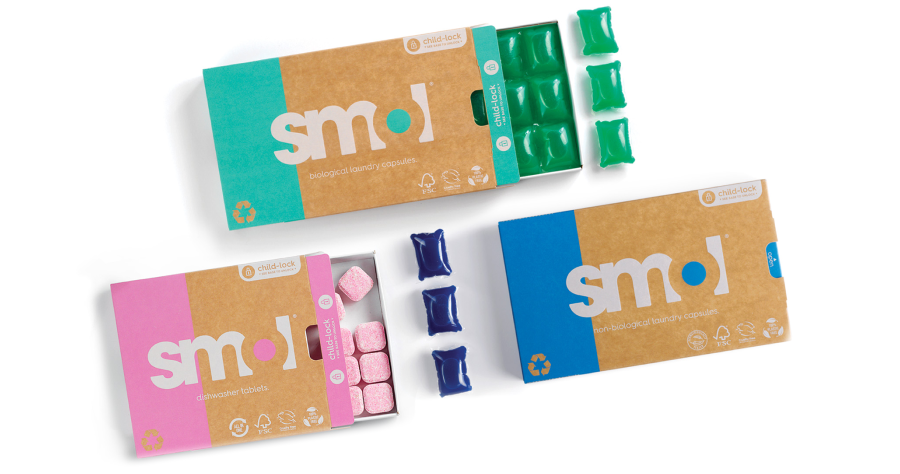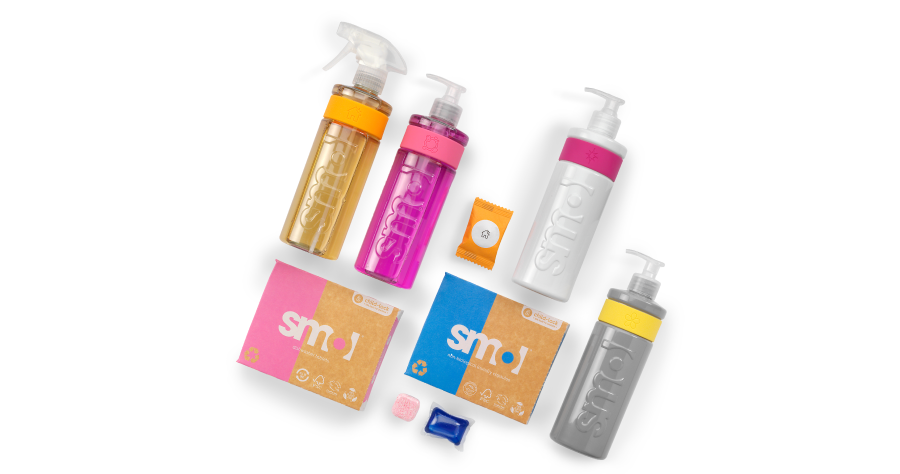
Many people are curious as to how exactly laundry eco eggs work and what they are made of so we thought we’d take a look and eggsplain ;)
Firstly, what is an ecoegg?
The ecoegg is a hollow rubber and plastic egg-shaped ball that you place into your washing machine drum alongside your laundry. There are slits along the sides of the egg that allow water in and out so that the pellets inside can interact with the water.
What pellets?
Inside the ecoegg you must place two different kinds of pellets. These are described as mineral pellets (which are white) and tourmaline pellets (although tourmaline is already classed as a mineral and many of you may know it better as a gemstone) which are grey in colour.
When should you replace the pellets?
The white pellets will need replacing at regular intervals but this will depend on how frequently you are washing.
The pellets contain: 5-15% anionic surfactants. 15-30% non-ionic surfactants: Saponin (soap), Sodium Alpha Olefin Sulfonate (a surfactant), Sodium Carbonate (commonly known as ash soda or washing soda), Dodecan-1-ol, ethoxylated (this is the ingredient that is harmful if swallowed, causes serious eye irritation and is harmful to aquatic life with long lasting effects). Once these ingredients are diluted with a wash however, they are no longer classed as harmful (this is the same with smol laundry capsules).
What do the pellets do?
It is believed that tourmaline pellets weaken the binding forces that exist between dirt and fabric and also it is thought they soften the laundry by making the water more alkaline. Loosening the dirt is believed to come from the ionisation of oxygen molecules in the water. Once ionised, they can then attach themselves to dirt particles and in turn these dirt particles take on a charge also. This charge repels them from the fabric surfaces and allows them to float into the water and be rinsed away.
When you purchase the egg it also comes with enough pellets for 70 washes. Thereafter you will refill with packs that provide 50 washes at a time.
What about enzymes?
The ecoegg does NOT contain enzymes and so would be considered a non-bio method of laundering. Enzymes are natural ingredients that work to digest common stains like grease, blood and grass. We use them here at smol in our green capsules (the bio ones!) and they also help deliver great cleaning results at lower temperature washes.
And fabric softener?
ecoegg claim that the softening of the water by the tourmaline will ensure that you no longer need to use a fabric softener or conditioner in your washing.
So does the ecoegg actually work well?
Some people like to use a combination of the ecoegg (for laundry that is not very dirty) and regular detergent (for things that need a hot wash or are in need of a deeper clean). Why not check out what we found when we looked at the pros and cons of using an ecoegg here.
So would smol ever make its own egg?
There are many who speak favourably about the egg for everyday washing that’s not particularly dirty. It does well on its lack of chemicals and seems cost-effective compared to branded detergents. All well and good if it’s getting the job well done.
Microfibre concerns.
But introducing hard objects into a wash load increases microplastic shedding and currently it has been shown that capsules only create the same amount of microfibres in a wash as using pure water alone. As soon as you swap to a powder or a laundry ball these levels of shedding start to rise. And with doubts expressed by The GHI on how the egg tackles some stains along with the high bacterial levels found by The Nappy Science Gang… we’re wondering whether clothes will end up needing a second wash.
Tried and tested science.
smol formulations stand on decades of careful science and proven claims, so we’re sticking with detergent for now. The inclusion of enzymes for our bio capsules ensures effective dirt removal and cleaning even when washing at today’s lower temperatures, with today’s HE machines that use less water.
And our surfactant technology delivers exceptional results in all laboratory tests ensuring the removal of oils from fabrics which water alone just cannot do. Surfactants have a head that is hydrophilic (attracted to water) and a tail that is hydrophobic (water fearing). This means their water fearing end will grab onto dirt molecules in an attempt to escape the water, all the while its water loving end refuses to let go of the water, pulling the dirt from the fabric with it and holding it in the water until it rinses away out of the machine.
Finally, when it comes to carbon emissions we are confident of our cuts. Our full lifecycle analysis carried out by sustainability experts eLoop showed that switching to smol capsules from a big branded capsule cut carbon* by 35%.
If you’ve not taken a FREE TRIAL of our laundry capsules yet, why wait? There’s a choice of bio, non-bio and even fragrance-free and they are all vegan, cruelty-free and packaged without plastic.
smol things make a big difference.
